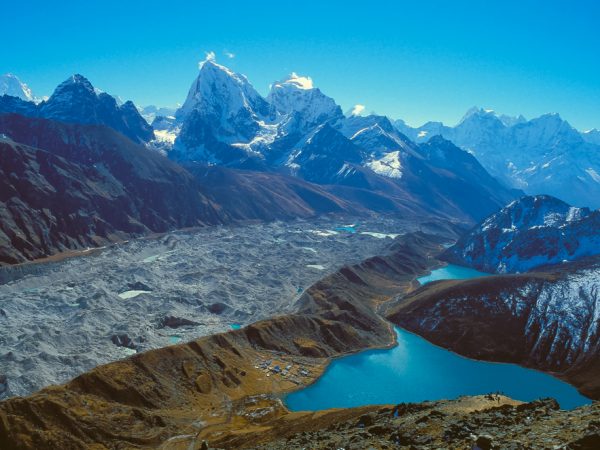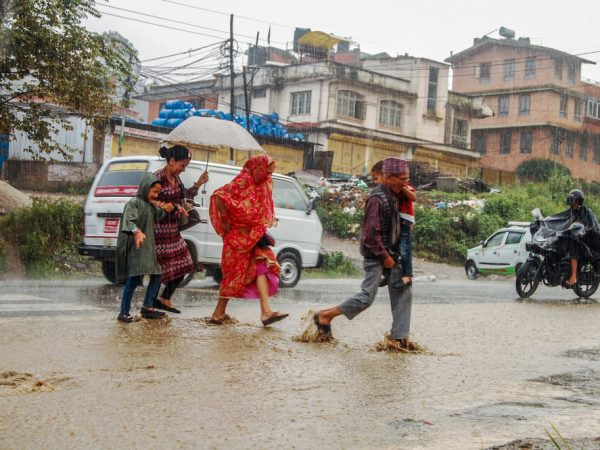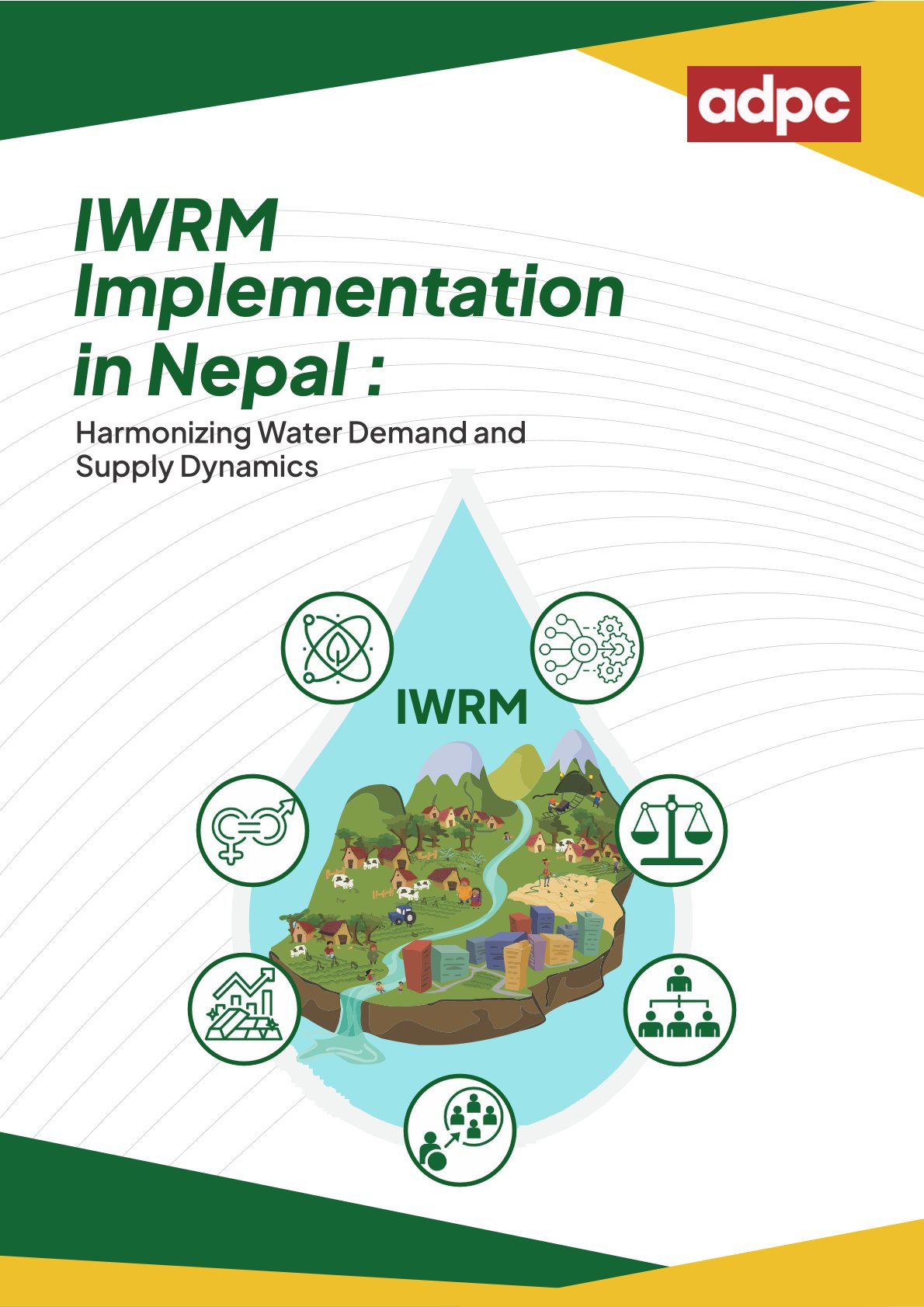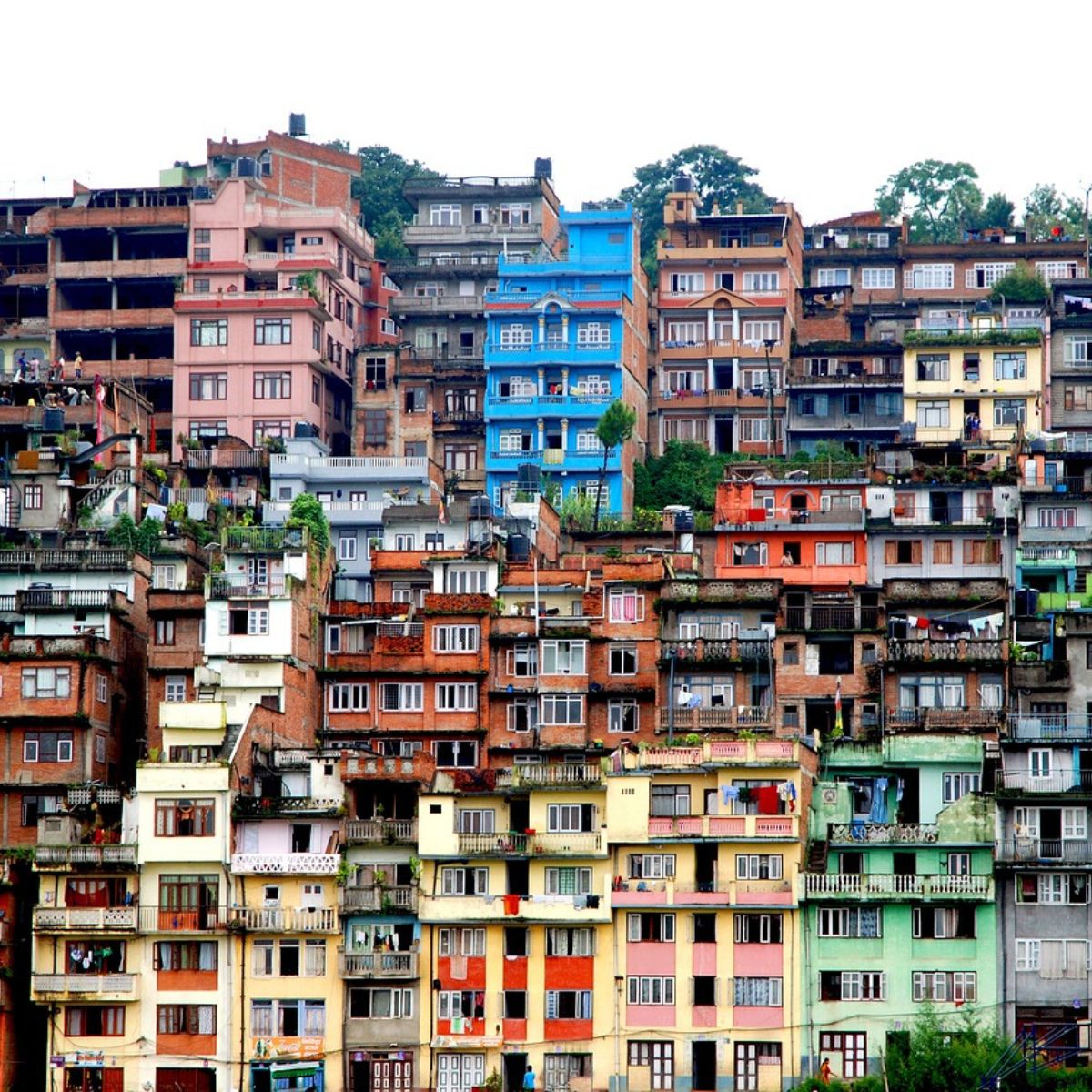Updated 4 August 2023
How are you, Nepal?
The Himalayan homeland, hosting the world’s ceiling and Third Pole, bears the brunt of human-induced climate change.
Nepal is warming faster than the global average and needs urgent attention to address climate change impacts.
By 2030, the number of people affected by river flooding could more than double due to climate change. This would increase the annually affected population by 199,000 people and an annual GDP impact of US $574 million.
Furthermore, an additional 8,000–43,000 people will be affected by extreme flood events by 2035–2044 due to climate change.
Climate Change Analysis in Nepal
According to the Global Climate Risk Index, 2021, Nepal ranks amongst the top 10 most affected countries in long-term climate risks from 2000 to 2019 regarding fatalities and mortalities.
Water-related hazards lead to a loss of 1.5% of the GDP per year. Additionally, climate change events impact the agriculture sector, which employs two-thirds of the population and accounts for 33% of Nepal’s GDP.
Nepal accounts for an estimated 2.27% of the total world water supply, and together, its river systems supply fresh water to a large portion of the 500 million people who live in the transboundary Ganges river basin.
Globally, Nepal accounts for 0.4 per capita CO2 emissions. Mostly huge carbon emissions result from agricultural practices, energy, land-use change, and industrial processes.
The country is committed to fulfilling its NDC objectives of adopting a low-carbon development pathway. The country has also formulated a Climate Change Policy to improve livelihoods by mitigating and adapting to the adverse impacts of climate change.




